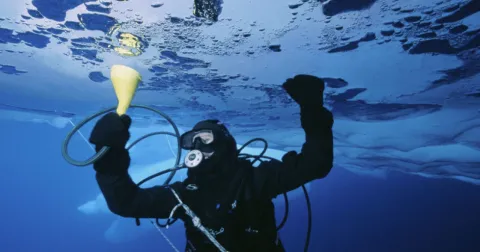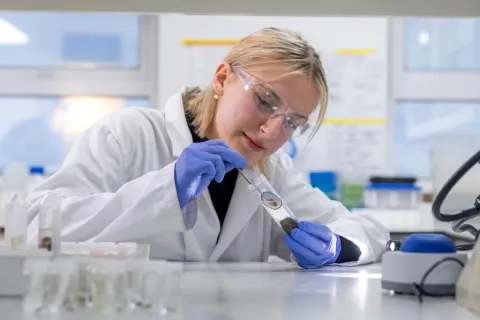Research group
Marine Biology and Ecology

Research in our group focuses on understanding the effects of environmental change and human activities on marine ecosystems and biodiversity from the coast to the deep-sea. We investigate changes at biochemical, cellular, individual and community levels.
Part of
Ocean and earth science








